In the moments leading up to a game or race, it’s easy to visualize success and feel mentally tough. It’s easy to sit back and talk team strategies with our heart rates low and our breathing under control in an environment where we feel comfortable, unbeatable, ready. But toughness is not defined by pre-game talk or how well you practice your sport.
Toughness is defined by the actions you take when your performance matters the most. Simply stated, resilience is the ability to bounce back positively after a mistake, mishap or loss, and it’s the ability to overcome any negative situation.
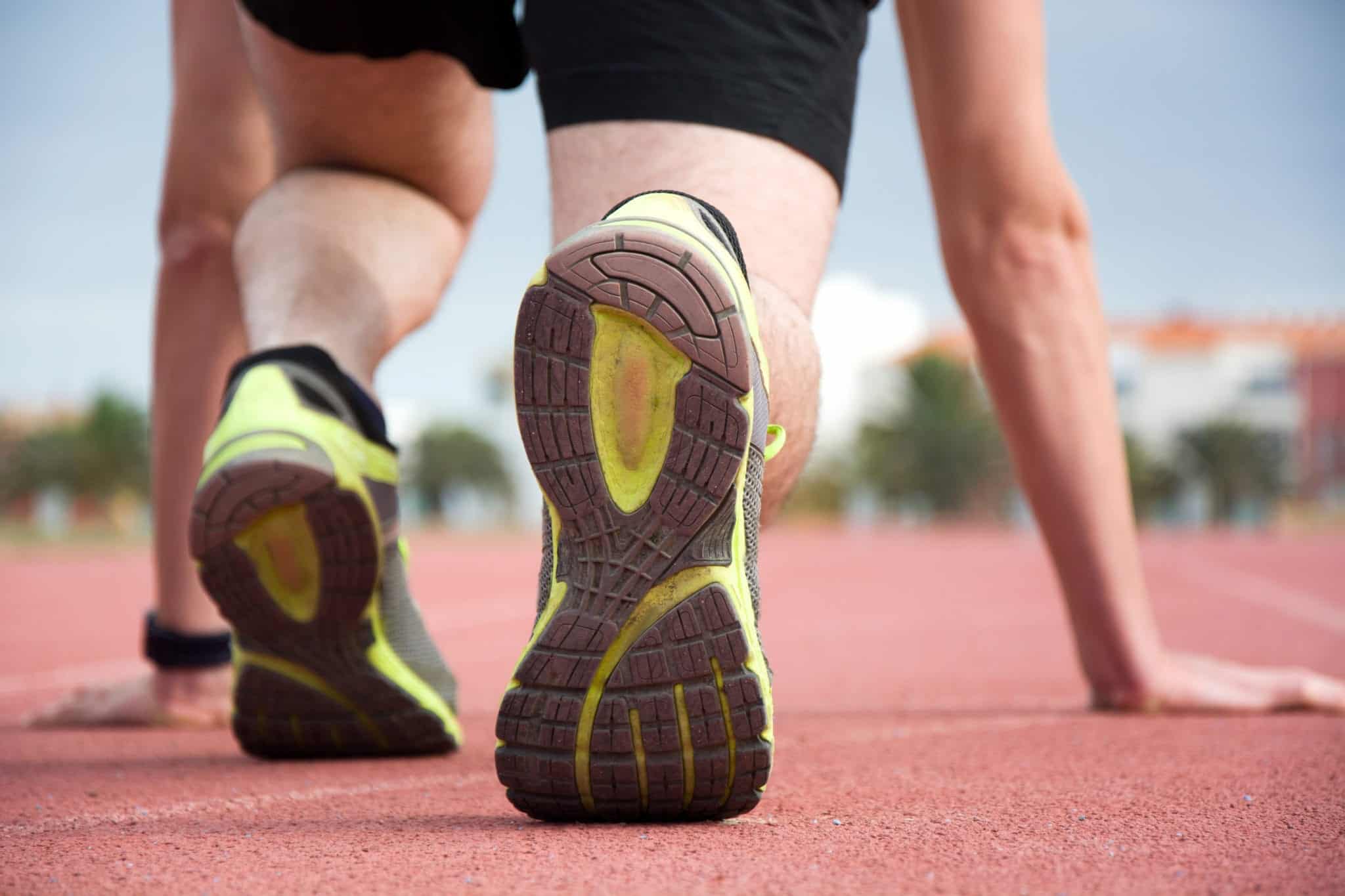
At Athlete Assessments, we believe that physical ability is just a starting point when it comes to being an effective performer. To truly maximize these technical abilities, athletes need to develop the non-technical or non-physical aspect of their sporting behaviors. This is where developing a mindset of resiliency comes in.
It is important to remember that as Coaches, we are responsible for an athlete’s whole development. Gone are the times when all a Coach had to do was teach an athlete how to catch or pass a football, run or swim and so on. Today, the defining factor in an athlete’s performance is not going to come down to their technical skills but rather their non-technical skills and their resilience.
So, let’s take it back to basics for a minute and look at 5 core principles, or strategies for developing resilience.
Developing Resilience
1. Reframing
This is a simple concept which most people do already. However, the point is to become more conscious of the resilience process so it can be performed when demanded, particularly in the pressure of a competition environment. Reframing is the process of changing the way you view a situation, or event, etc. Instead of viewing (with associated meaning) something in a negative way, we can choose to view it in a more productive way. The choice is yours in terms of what meaning you wish to attach to events and situations you are confronted with. Just make sure the meaning you attach is helpful to your performance.
“You cannot change the result, but you can change what the result means.”
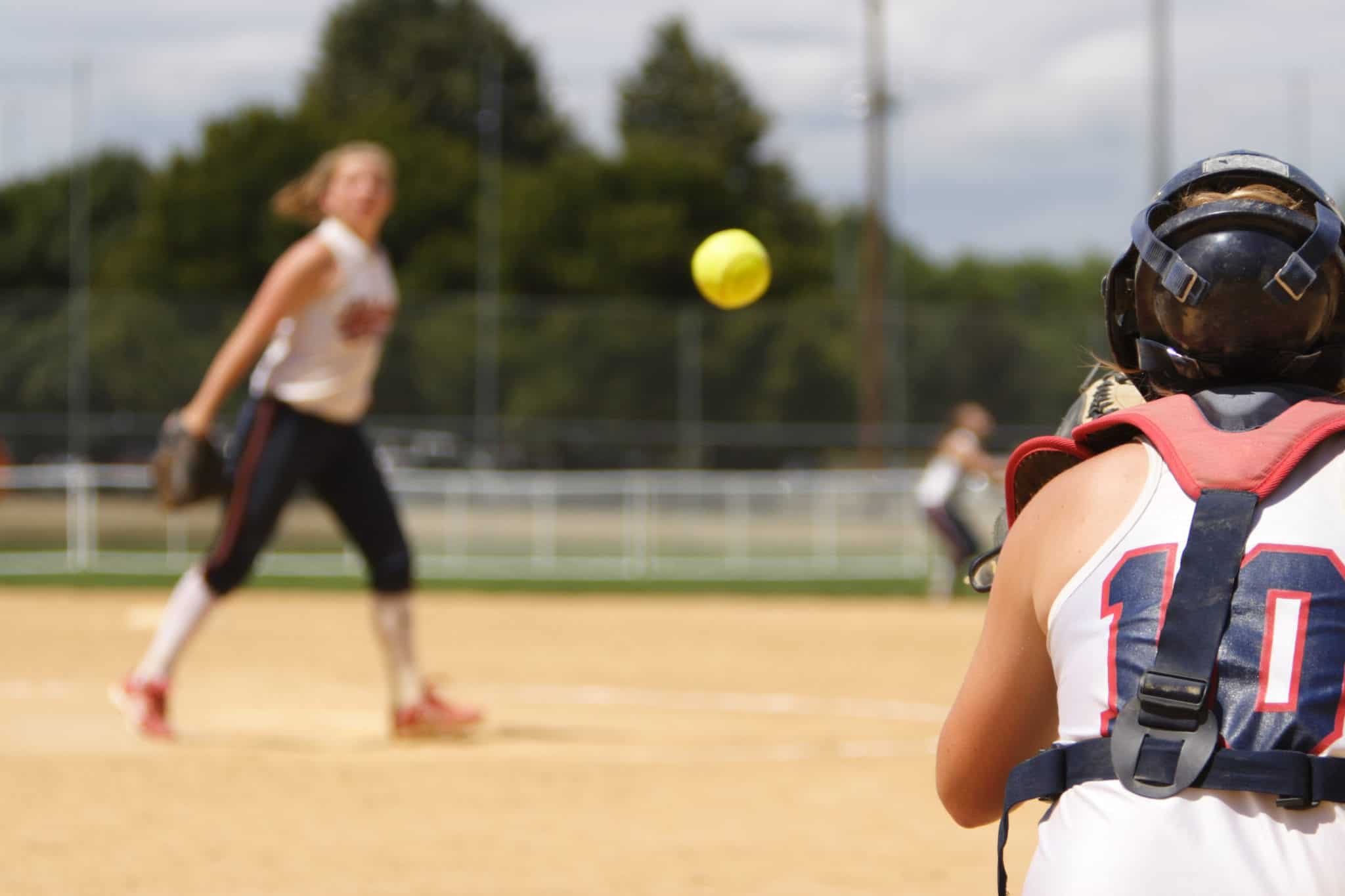
2. Control and Influence Model
The Control and Influence Model is a model for understanding the situations, events and challenges that you have 100% control over; those situations you have influence over; and then finally the situations you no influence or control over. Essentially, we need to spend our energy dealing with the situations we have control over, and then the ones we can influence, but to not consume any energy over events we have no control over. Once we can learn to do this, we improve our resiliency.
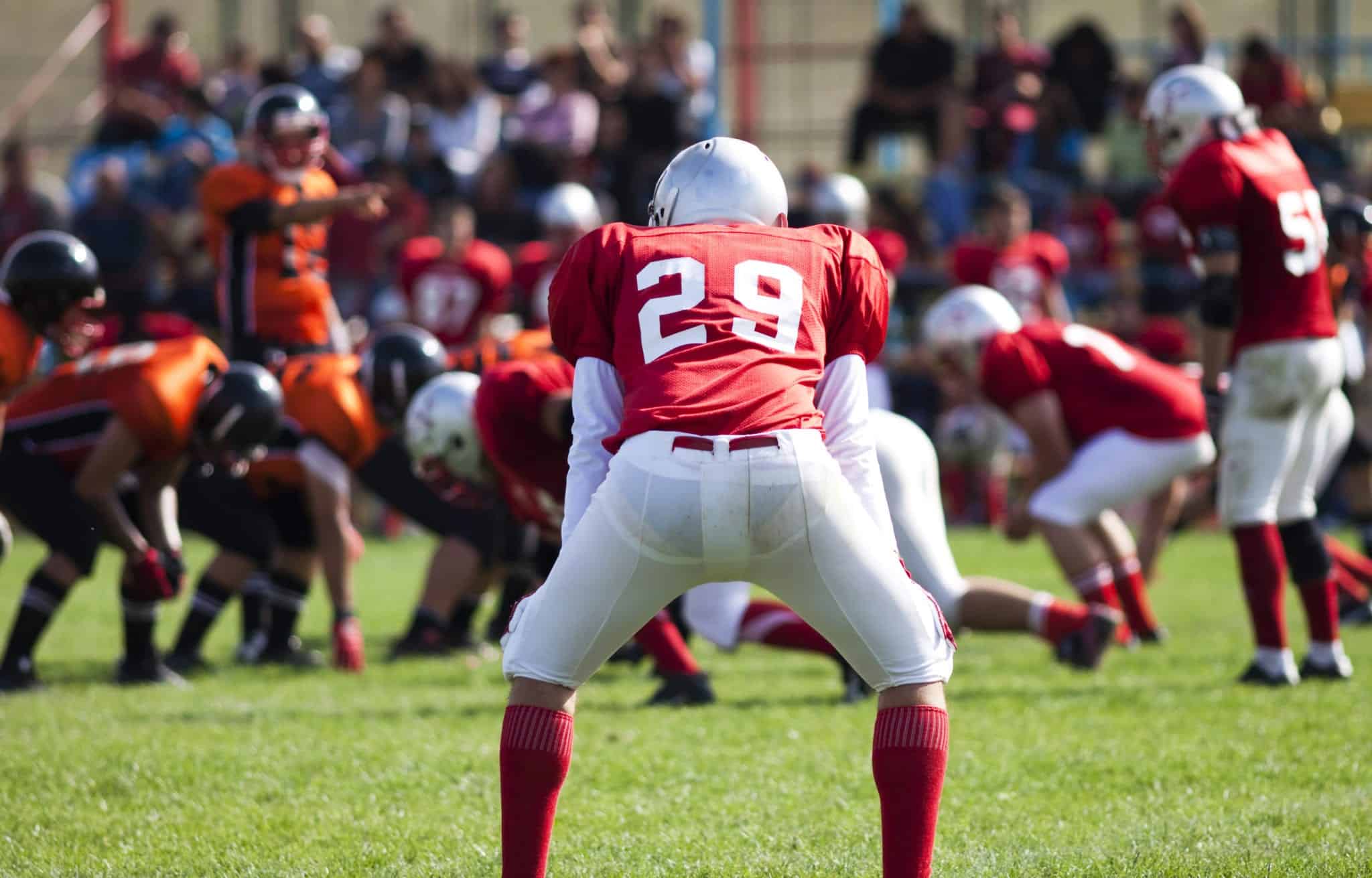
3. Attribution of Success or Failure
Resilient people attribute their success to elements they can control or influence. Therefore, this means success is not someone else’s responsibility. The same is for any poor performance. Resilient people attribute poor performance to something they “did” or the great performance of their opponent, not to who they are inside. Whenever someone says, “I am …” they are stating that they are their behavior. Always, this is a reflection on their self-esteem which is often poor. Always make sure you clearly define the difference between who you are and how you behaved or performed. A resilient person’s identity is more than their actions and results.
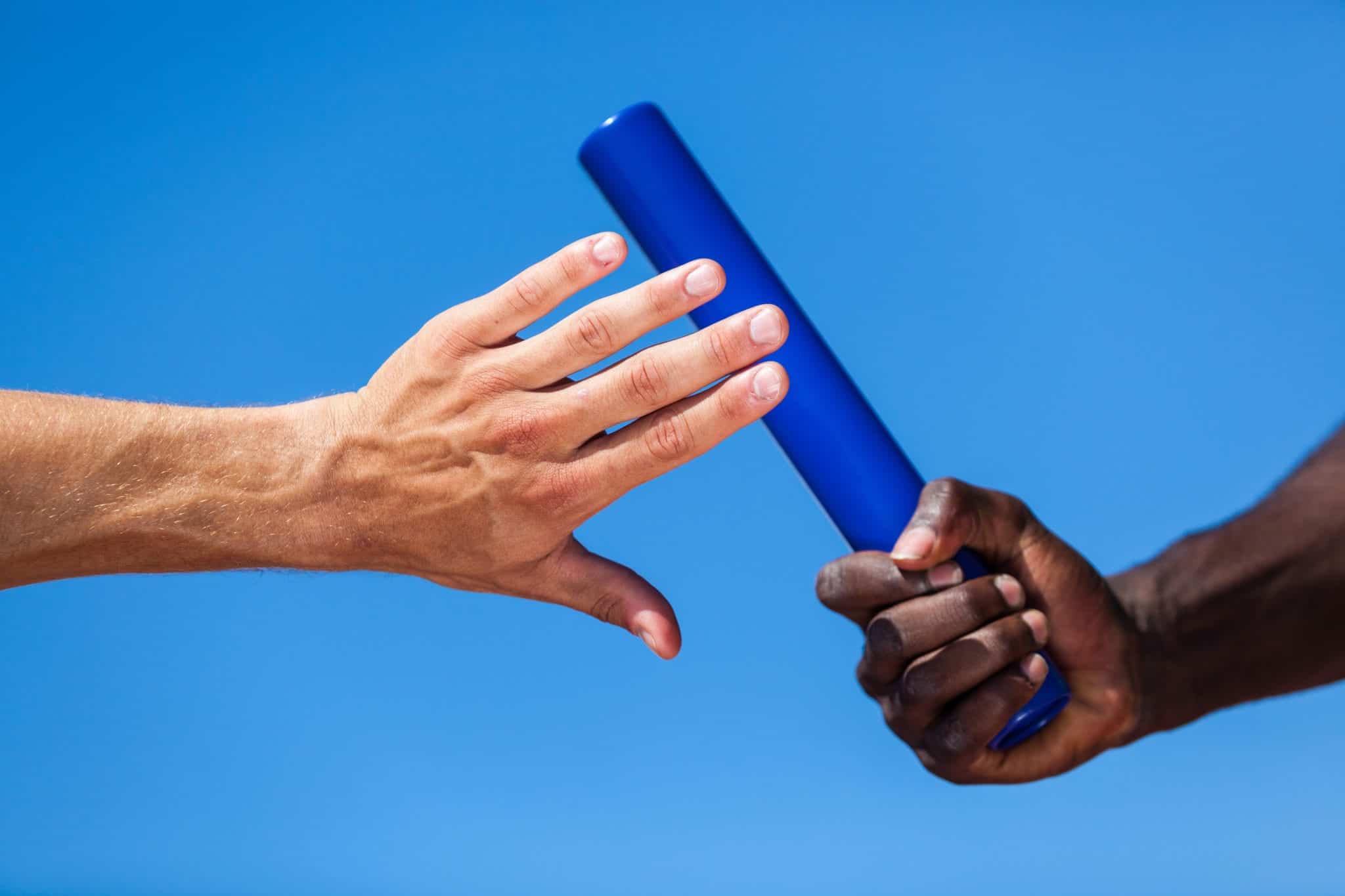
4. Attachment to Your Support Team
Resilient people always have a strong support team of people they trust, have acceptance from, are secure with and feel like they belong to. This is the essence of what we call attachment. To improve your resiliency, you must feel as though you are exceptionally well supported. When an athlete is confronted with a significant obstacle or has been knocked down by a certain event, those who have a wonderful support team are likely to manage that situation more effectively and this means recovering faster.
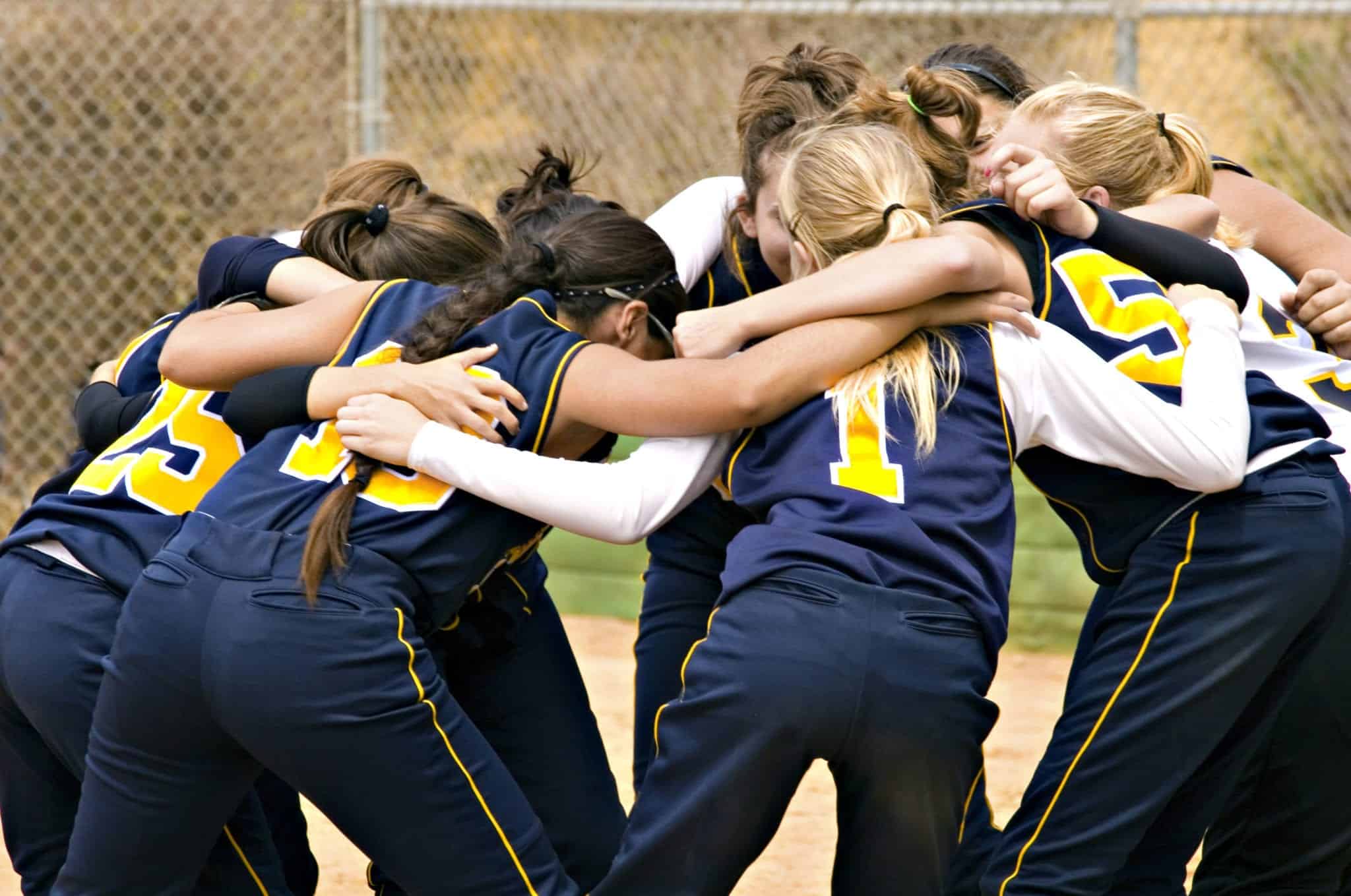
5. Highly Developed Technical Skills
Athletes who are remarkably competent technically are usually more resilient to setbacks in their performance. When an athlete has experienced a poor performance, those who have high level skills realize recreating a successful result is not about reinventing their whole process. Instead, technically competent athletes know all they have to do is recall previous successes and go back to the basics of their technique which delivered this initial success. We can also refer to this as an athlete’s technical reference point which then acts as a spring board to recreate an effective future performance.
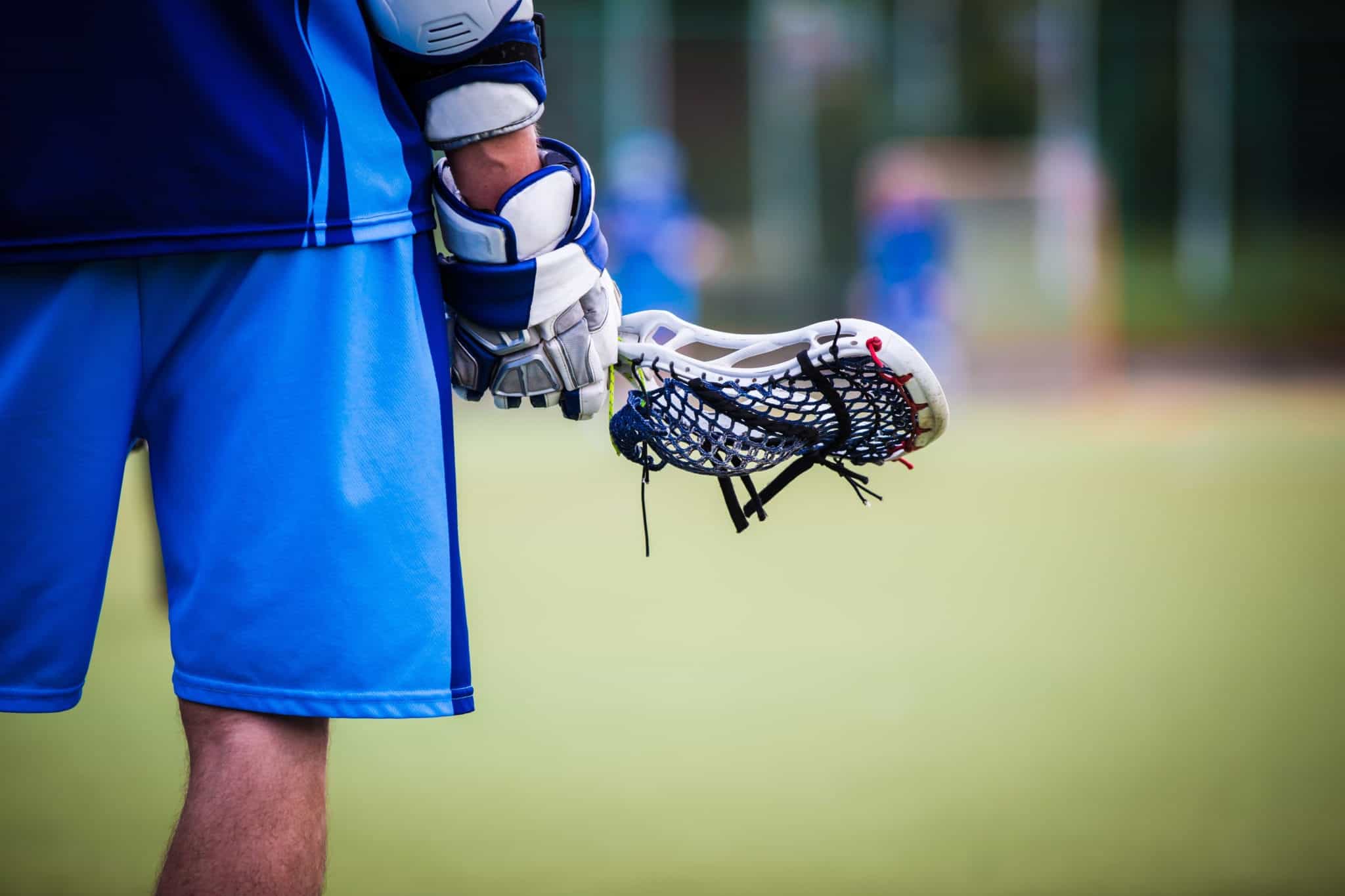
One way to think about building resiliency is to compare it to developing a muscle. You would go to the gym daily, work on the muscle and over time and with proper technique, you would achieve muscular development. You do this by practicing this process every day. This takes discipline.







3 thoughts on “Back to Basics – Developing Resilience”
I think this is among the most vital info for me. And i am glad reading your article. But wanna remark on some general things, The site style is great, the articles is really nice : D. Good job, cheers
Awesome! Its in fact awesome piece of writing, I have got much clear idea concerning from this piece of writing.
Very nice post. I just stumbled upon your blog and wanted to say that I have really enjoyed surfing around your blog posts. In any case I will be subscribing to your feed and I hope you write again very soon!